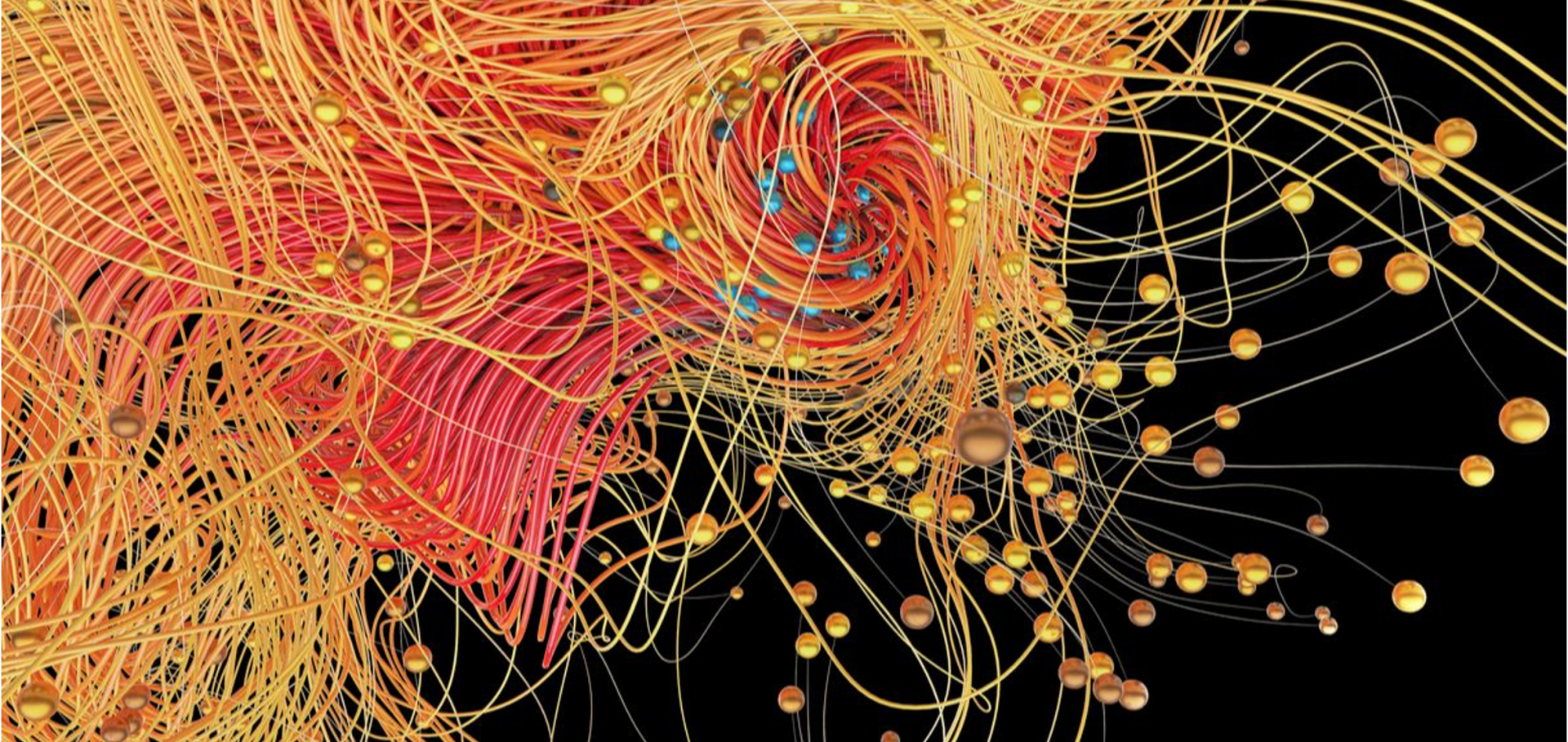Structural transformation induced by magnetic field and "Colossal-Like" magnetoresistance response above 313 K in MnAs (vol 90, art no 097203, 2003)
PHYSICAL REVIEW LETTERS 90:18 (2003) ARTN 189901
Charge ordered structure of magnetite Fe3 O4 below the Verwey transition
Physical Review B - Condensed Matter and Materials Physics 66:21 (2002) 2144221-21442215
Abstract:
The crystal structure of highly stoichiometric magnetite (Fe3O4) below the Verwey transition has been refined from high-resolution neutron and synchrotron x-ray powder-diffraction data. The refined model has a monoclinic P2/c symmetry cell with orthorhombic Pmca pseudosymmetry constraints on the atomic positions, and contains four independent octahedral B site iron atoms. Charge ordering is evidenced by the presence of expanded and contracted BO6 octahedra, and by the distribution of B-B distances resulting from unequal Coulombic repulsions between the different B site charges. The B-B distances are inconsistent with dimer formation. Competition between the B-O and B-B interactions results in polar displacements of two of the B site cations. The charge ordering has a predominant [001] density modulation, which relieves a nesting instability in the electronic density of states, but a second [00 1/2] phase modulation also occurs. The monoclinic distortion at the Verwey transition is consistent with a macroscopic rhombohedral magnetostriction, driven by the localization of orbitally degenerate Fe2+, coincident with the microscopic charge ordering distortions that have an orthorhombic lattice symmetry.X-ray-induced disordering of the dimerization pattern and apparent low-temperature enhancement of lattice symmetry in spinel CuIr$_2$S$_4$
ArXiv cond-mat/0209072 (2002)
Abstract:
At low temperatures, spinel CuIr$_2$S$_4$ is a charge-ordered spin-dimerized insulator with triclinic lattice symmetry. We find that x-rays induce a structural transition in which the local triclinic structure is preserved, but the average lattice symmetry becomes tetragonal. These structural changes are accompanied by a thousandfold reduction in the electrical resistivity. The transition is persistent, but the original state can be restored by thermal annealing. We argue that x-ray irradiation disorders the lattice dimerization pattern, producing a state in which the orientation of the dimers is preserved, but the translational long-range order is destroyed.X-ray-induced disordering of the dimerization pattern and apparent low-temperature enhancement of lattice symmetry in spinel CuIr$_2$S$_4$
(2002)



